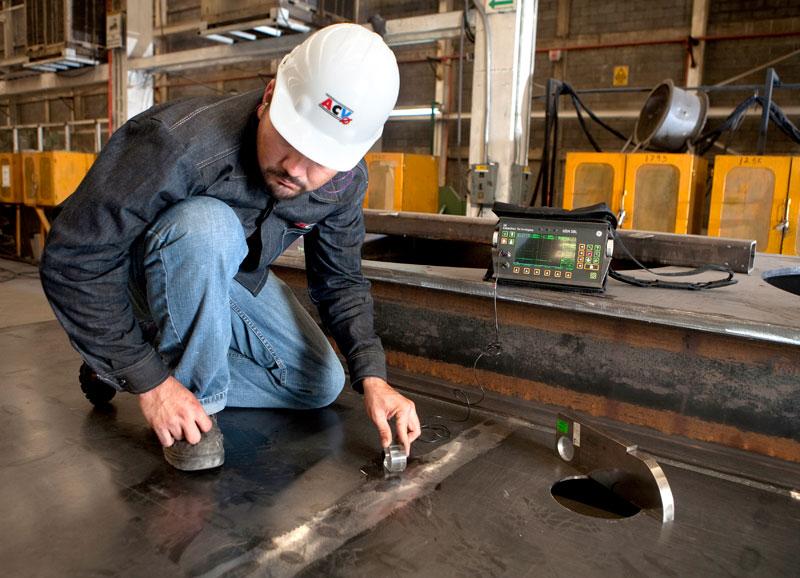
What You Should Know About Non Destructive Testing
One of the most important procedures in industrial plant inspection is non-destructive testing (NDT). NDT refers to several procedures used to test materials with the main purpose of identifying flaws and damages. The processes allow materials to be tested without their compounds being altered. When an NDT test is done, the material does not have to be cut open or scratched on the surface to get results.
There are several ways in which materials can be tested without having to be altered. These ways are important especially when the aesthetic of the materials being tested is important or if opening the materials can lead to concerns on various hazards.
Welding inspection companies is usually part of industrial maintenance and is done to ensure the material being tested is in good condition or meets specific standards. From the results gathered from NDT procedures, manufacturers can know whether to proceed or suspend operations based on the condition or performance of the materials tested.
Ndt services testing procedures are usually carried out to determine whether a material has internal or external damages, or any flaws. The procedures help to identify and isolate the flaws a material may have from the outcome. During NDT procedures, parameters like pressure and temperature are not used to measure or determine the flaw in materials.
How Non-Destructive Testing Works
Non-destructive testing helps to detect the presence of damage or irregularity in a material. The kind of tests done depend on the type of material being tested. The tests do not involve evaluating physical properties of the material. Instead, they involved checking the characteristics and matter properties.
NDT procedures do not affect the materials tested. After the tests, the materials will still remain useful just the way they were before the tests. Majority of NDT procedures are similar to those used in the medical industry. For example, some procedures involve the use of ultrasound scanning equipment, endoscopes, and x-rays. Keep in mind that x-rays have not only been used in the medical world. In the 1940s, the equipment were regularly used to examine different materials. Make sure that you go to http://money.cnn.com/news/newsfeeds/articles/prnewswire/SF24382.htm in order for you to get more ideas.
Other common NDT techniques are similar to those applied in other fields. For example, NDT also utilizes sonar and radar technologies, which are commonly used to inspect dams or map river beds and ocean bottoms.
Non-destructive testing procedures are crucial in determining the condition of industrial materials. The above is an overview of how non-destructive tests work and some examples of the procedures used in the testing.